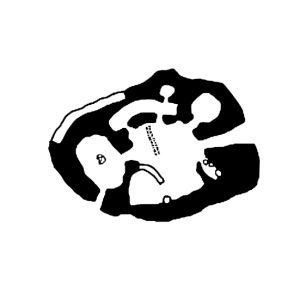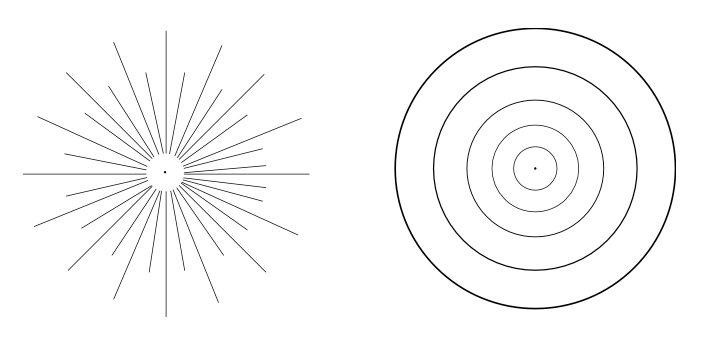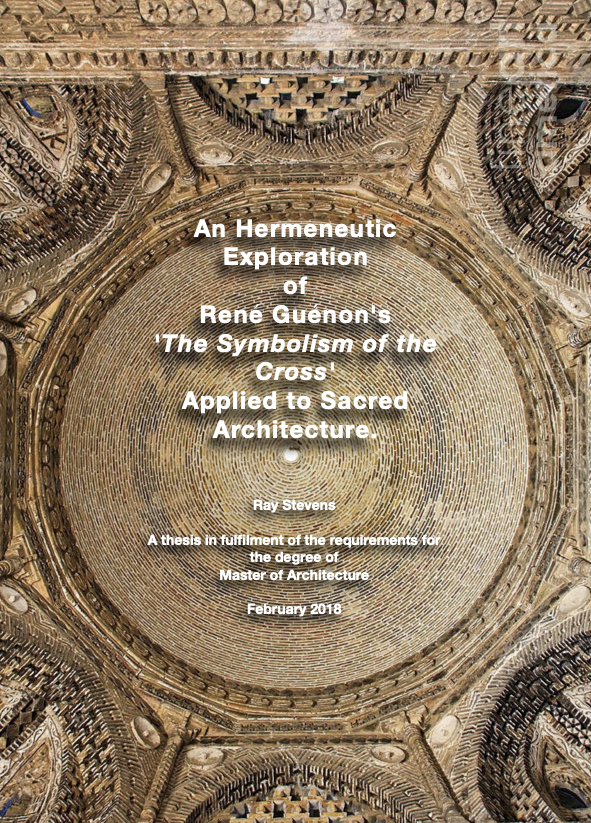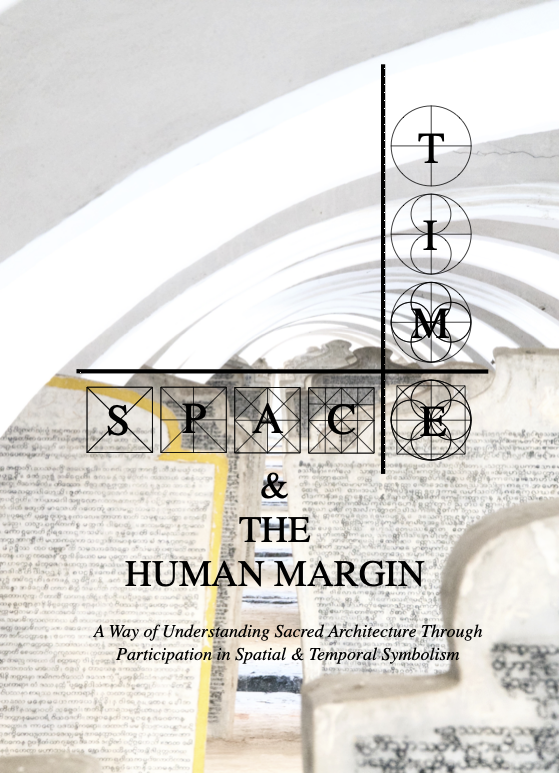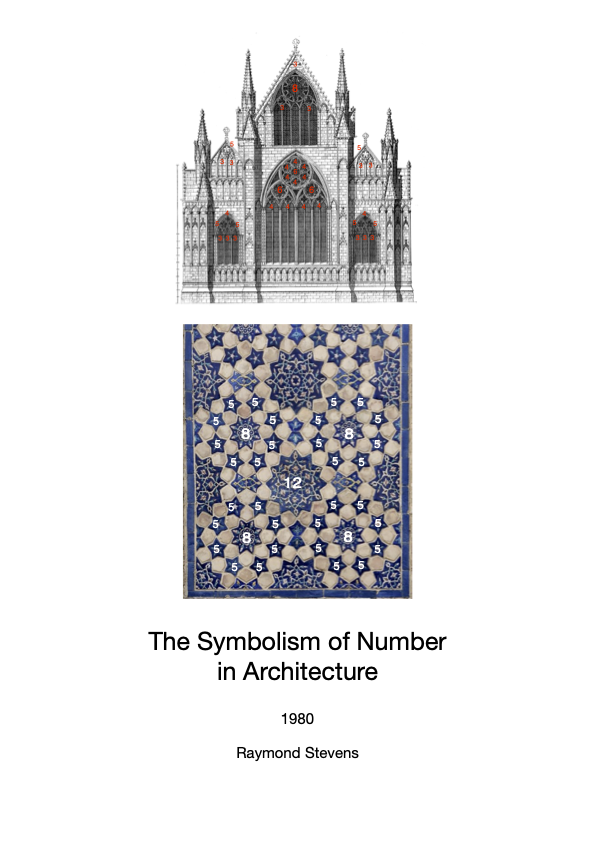Oikos Academic Blog
Dr Ray Stevens has a lifelong passion for architectural heritage and architectural theory, particularly traditional architecture and its symbolism. This may be revealed in the architectural designs, or it may be an undercurrent that is not mentioned. The noted philosopher and academic Nader El-Bizri writes of the role of the architect in traditional practice:
“… the historic integrative role that architecture performed as a humanistic discipline, in being actively involved in the unfolding of scientific investigation, of geometric demonstration, of experimentation with technology, along with the refraction of these domains within the practising of the arts and their expressive mediations of meditations on religion, with its cosmological signifiers, rituals and symbols.”
‘The Conceptual Bearings of the Intercultural Role of Architecture’, in The Cultural Role of Architecture: Contemporary and Historical Perspectives, ed. Paul Emmons, John Hendrix and Jane Lomholt (Abingdon: Routledge, 2012), 204-205).
Not all architectural design needs to include such lofty dimensions, but why should it not?
If this aspect of architectural theory is of interest, then the following academic projects may be downloaded.
A Hermeneutic Exploration of René Guénon’s Symbolism of the Cross Applied to Sacred Architecture
This thesis project explores the correlation between the three dimensions of space and the metaphysical symbolism of the cross. It was the subject of a short but important work by the French traditional metaphysician René Guénon, titled Symbolism of the Cross (Le Symbolisme de La Croix).
In describing the purpose of his work, Guénon wrote that it was ‘to explain a symbol that is common to almost all traditions, a fact that would seem to indicate its direct attachment to the great primordial tradition’. The project is an exploration that allows insights into various aspects of sacred architecture, even when the tradition may be unfamiliar.
Space, Time & the Human Margin: A Way of Understanding Sacred Architecture Through Participation in Spatial & Temporal Symbolism
This thesis project argues that all architecture, and particularly sacred architecture, can be experienced and understood as a venue for an architectural event via various modes of participation, including participation in symbolism. An integrated view of participation takes into account not only how such ideas are included in the discussion and knowing about sacred architecture but, more importantly, how it can be individually experienced as a whole rather than a part of the
human being by all participants, believers and non-believers alike. This may prove of value in investigating other kinds of interaction with all architecture and, possibly, of architectural environments more generally. (The project is currently being modified for general and/or academic publication).
Space, Time & the Human Margin: A Way of Understanding Sacred Architecture Through Participation in Spatial & Temporal Symbolism
This thesis project argues that all architecture, and particularly sacred architecture, can be experienced and understood as a venue for an architectural event via various modes of participation, including participation in symbolism. An integrated view of participation takes into account not only how such ideas are included in the discussion and knowing about sacred architecture but, more importantly, how it can be individually experienced as a whole rather than a part of the
human being by all participants, believers and non-believers alike. This may prove of value in investigating other kinds of interaction with all architecture and, possibly, of architectural environments more generally. (The project is currently being modified for general and/or academic publication).
Perceiving the Form & Seeing the Atmosphere of Sacred Places
Paper delivered at the Forum on Architecture, Spirituality, and Culture, ASCF 14: Resonance of the Past, Spirit of the Future. June 5-9, 2024.
